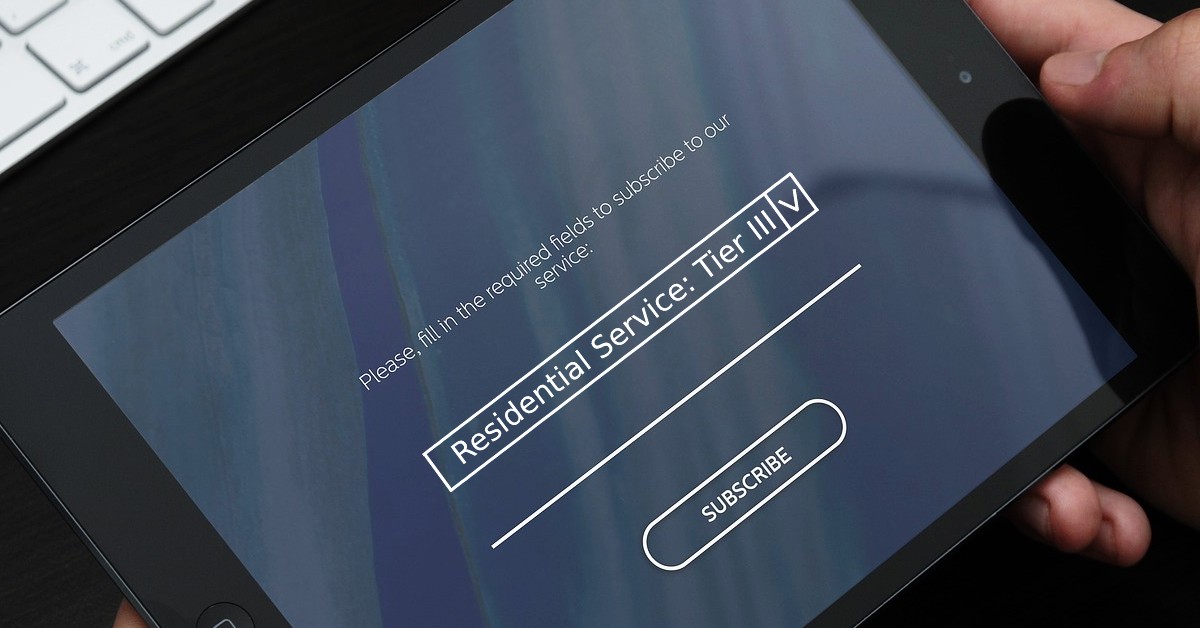Subscription based rate plans are a relatively new pricing structure that allows a customer to choose their plan and pay a flat monthly rate instead of paying for their energy each month based on usage. Subscription services are growing at a huge rate, with more than $2.6 billion in sales in 2016, and growth of more than 100% per year in the five years leading up to that. These subscription plans can be structured in the same way that your phone bill or Netflix account is, with service tiers offering different benefits for different prices. Premier plans would be more expensive but offer more usage controls to the customer, and more economical plans place more of those controls on the utility.
This type of subscription is very desirable to customers, 60% of whom tend to prioritize bill simplicity over cost saving and efficiency goals. It also gives lower income customers access to technology that can be paid off during the terms of their subscription, when they may not have the funds or the credit to purchase it on their own. Another pro is in shifting the usage risk onto the utility company rather than the customer. Utility companies have the resources and technology to conserve energy much more effectively than the consumer, and they can use demand-side management technologies to save costs. They also get to enjoy a guaranteed income stream when current energy trends actually show declining usage, with less pressure to raise prices to recover fixed costs. During higher demand times, the utility can utilize energy efficiency and demand response programs to manage demand more effectively than customers can with cost incentives. Each user is different, but with sufficient diversification among customers and proper construction of the rate plans themselves, subscribers on average should not use more energy than they are paying for.
The biggest challenge and fear for utility companies is that the responsibility for overconsumption will fall on them rather than on the customer. When paying a flat rate, there are no price signals to customers to incentivize lower usage. In this case, all of the volumetric risk is shifted on to the utility, and they are then incentivized to reach energy efficiency goals. Creating these rates will also be difficult for companies to do. It will require extensive research to determine the best customers to target based on their usage and habits and how much to charge them. Because of how often demand changes, these will be complex plans and will require testing and fine-tuning to ensure the utility can cover fixed costs once they are implemented.
It will definitely be a challenge for companies to begin offering these types of rates, but there are so many customers who would prefer the ease and predictability of a subscription, utilities will need to figure out how to do it. Once they clear the hurdle of planning the rates themselves and learn to mitigate their consumption risk, this new and steady income stream will help them manage fixed costs no matter what level demand is currently at. Customers will get access to technologies they may not have had previously, and enjoy the simplicity of a bill that doesn’t change each month. It’s a win-win that is certainly worth research from utility companies.
